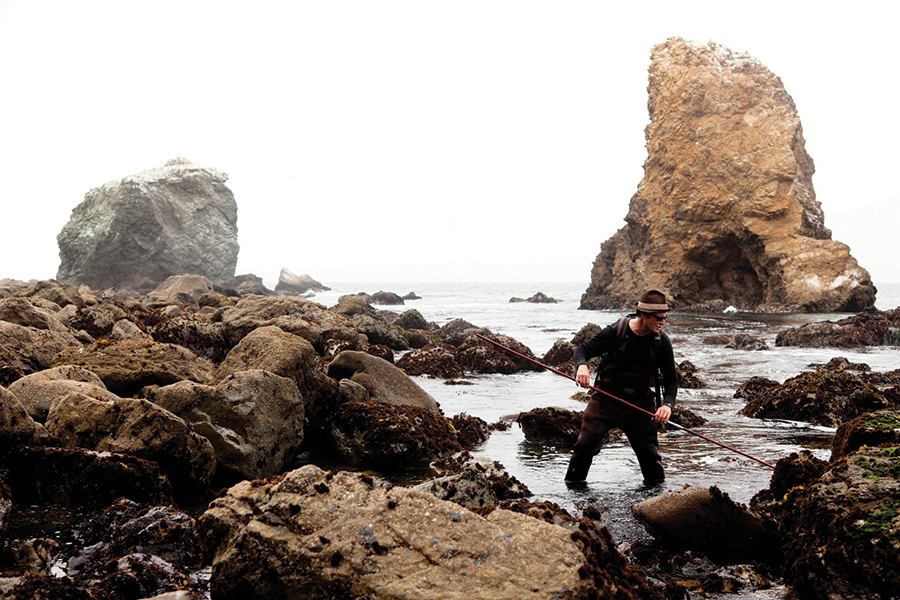Kirk Lombard started fishing when he was a young boy—for eels in Manhattan’s polluted Hudson River. But his grandfather regaled him with . . .
Sea forager brings facts, stories and recipes to West Marin


Kirk Lombard started fishing when he was a young boy—for eels in Manhattan’s polluted Hudson River. But his grandfather regaled him with . . .